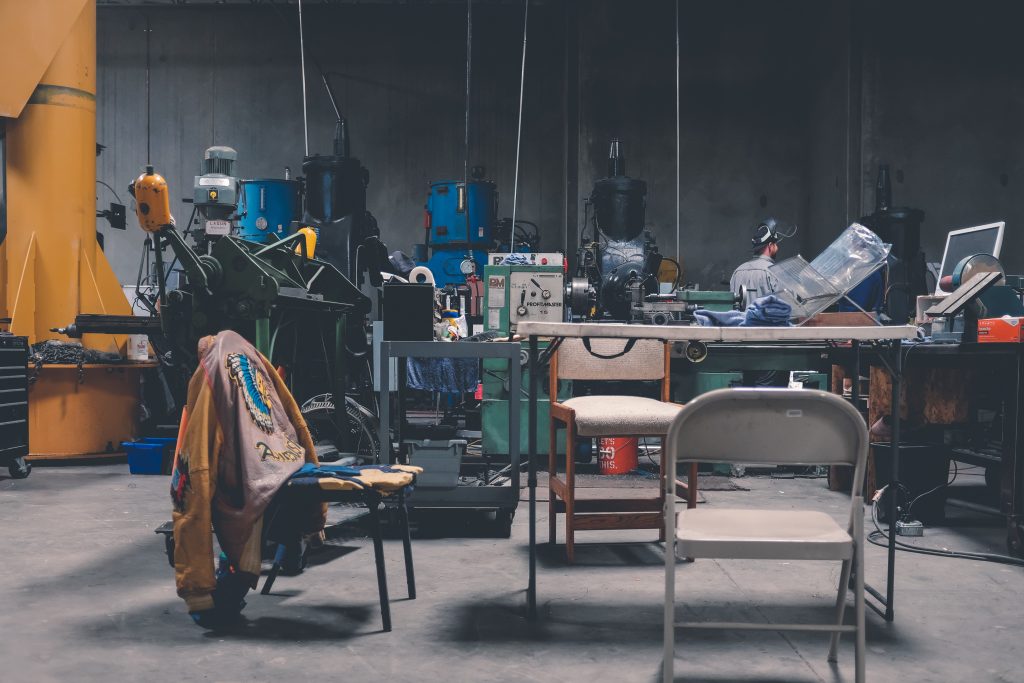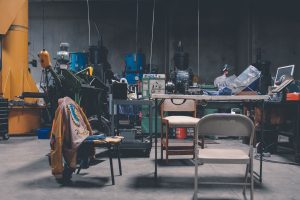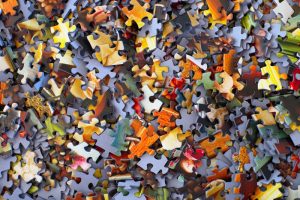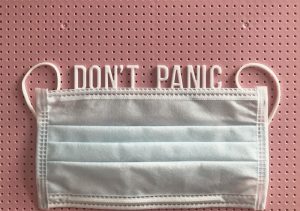
Taking a fresh look at what makes your organisation tick can help you on the path towards a Workplace of Tomorrow. But where do you start?
Whilst every organisation will be different, I’d suggest that there are four interdependent elements that can be focused on:
- Purpose
- Relationships
- Resilience
- Renewal
Perhaps it would help to take a look at each of these elements in turn.
Purpose
As noted elsewhere, “listening to the values and recognising the purpose of an organisation can be an effective way of seeking how to move forward together, calling on and utilising the skills and experiences of people within the business”. This can include the beliefs and stories that inform the culture.
For example, a good place to start might be to articulate why your organisation exists. What’s your common cause or belief? Once you have established this, you can use this common thread as a reference point rather than something that locks out all other possibilities. In other words, this could be like the North Star providing the direction of travel for your organisation rather than a detailed map which prescriptively must be followed at every turn.
Also, looking at your Purpose, Values and Objectives, is there an ongoing focus and direction that all stakeholders relate to? If so, does it recognise that people, planet and economic sustainability matter?
Relationships
These include the networks of relationships both inside and outside the organisation.
A helpful way of considering who this includes is through the use of holarchies where each individual, department, organisation and community is a whole in themselves but also part of the next level up. –. Think of each group being a subsection of a larger group – rather than standing in isolation.
To give you a practical example of a holarchy, subatomic particles could be seen as part of the following relationship: Subatomic particles <-> atoms <-> molecules <-> macromolecules <-> organelles <-> cells <-> tissues <-> organs <-> humans. In each of these sections, subatomic particles would be a component part.
This approach allows us to see the relationships between individuals, between organisations, between individuals and organisations and so on.
For example, do you know who your key stakeholders are (e.g. staff, clients-as individuals and organisations, suppliers-as individuals and organisations, investors, local community and so on)? Are these relationships healthy and based on trust? And how do the planned structures/networks in your organisation support the emerging relationships and culture?
Resilience
This is strongly influenced by the organisation’s processes, resources and task cycles. These factors, combined with feedback and monitoring usually contribute to the overall development of a product or service.
So, are your task cycles efficient and effectively managed? Do they support a sustainable and resilient way forward? Is there clear responsibility and accountability where it will be most effective, best supported and most flexible?
Renewal
Feedback, learning and know-how all contribute to an organisation’s ability to adapt and renew itself.
For example, how do you know things are going well? Are you getting accurate feedback that will allow you to understand what is really happening in your organisation, and can you learn from it? Also, does your organisation have the flexibility and know-how to adjust appropriately to change?
These four elements should not be seen as a prescriptive approach, but rather as reference points that we can use to better understand ourselves and our organisations.
It is important that your self-diagnosis work stays relevant by working with actual examples in your organisation. It’s not meant to be a distant and academic process.
Talk to those who know best, listen to what they say, and then take action as a united team!











